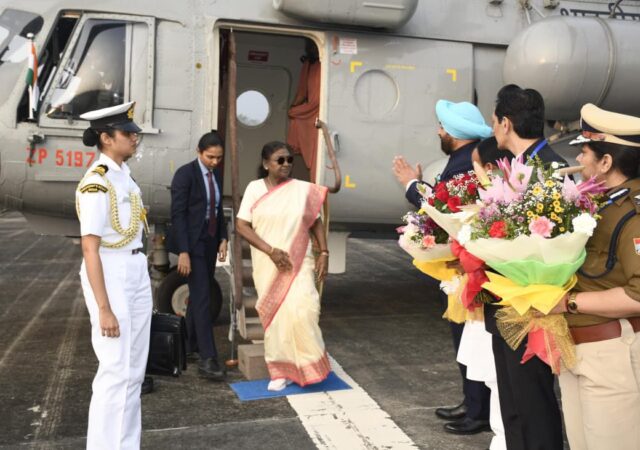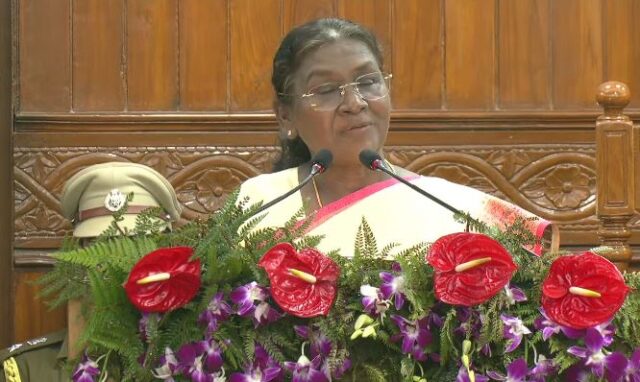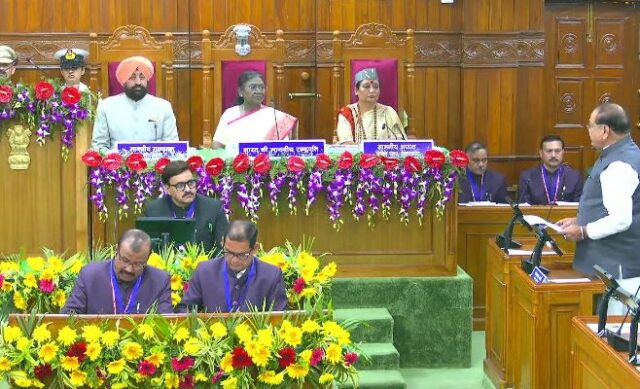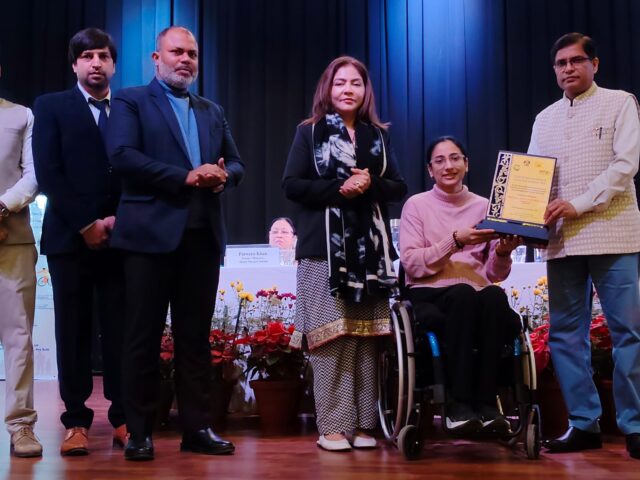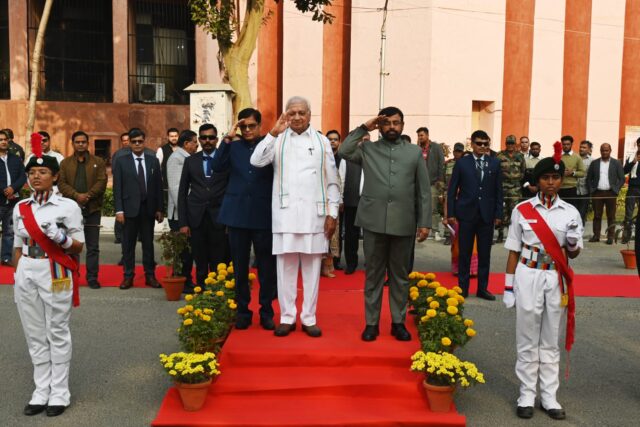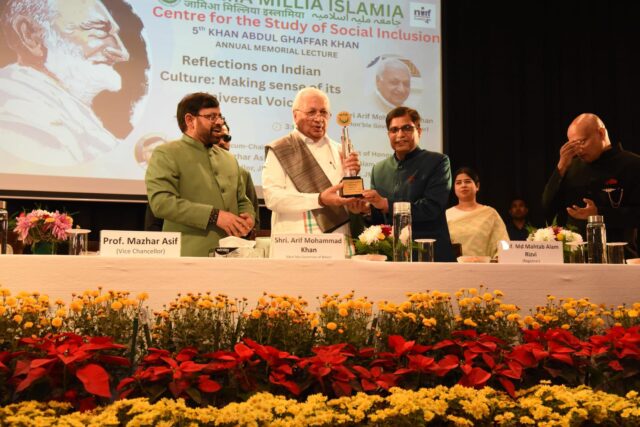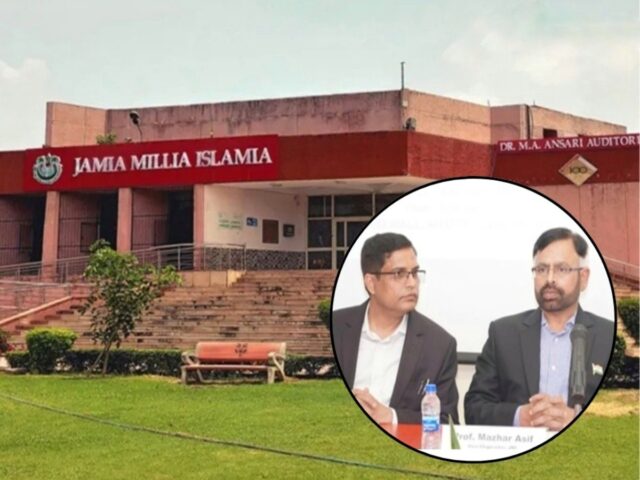India’s deal for 114 Rafale fighter jets stalled, Air Force proposal declared incomplete; is French company involved in fraud?
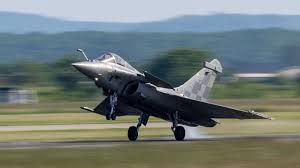
a
Has India’s deal for 114 Rafale fighter jets hit a roadblock? It has been claimed that the Indian Defense Ministry has called the Indian Air Force’s proposal for the Rafale fighter jets incomplete. A Times Now report, quoting Defense Ministry sources, claims that “describing the Indian Air Force’s “Statement of Case,” or SOC, for the purchase of 114 fighter jets as “incomplete,” the Defense Ministry wants to “hold further discussions” with Dassault, the manufacturer of the Rafale fighter jets.”
Dassault Aviation, from which India previously purchased 36 Rafale fighter jets and recently signed a deal with Dassault for the Rafale Marine, is reportedly facing difficulties on several points regarding the 114 Rafale jets. According to the report, the government’s aim in the new deal is to produce as many aircraft as possible in India, in line with India’s self-reliance. This will initially consider how many aircraft will be delivered in fly-away condition and how many will be manufactured in India with a local partner. This will require fresh negotiations with Dassault.
Is the deal for 114 Rafales stuck?
According to a Times Now report, top sources in the Ministry of Defense and the government stated that the key demand this time is that local content and indigenous share should not be limited to just 10-15 percent, but should be increased to 75 percent or more. The aim is to include Indian defense companies, both public and private, in this massive deal. Furthermore, Dassault has expressed its desire to establish a maintenance, repair, and overhaul (MRO) center in Hyderabad, which will help ensure the aircraft’s longevity and skill development for Indian personnel.
While the Indian Air Force previously purchased 36 Rafale fighter jets under a government-to-government deal, India no longer wants to enter into such a deal. This deal will be entirely different, requiring renegotiations on issues such as production, cost, and liability. The report also states that after extensive trials, the Indian Air Force had included the Rafale, along with the Eurofighter Typhoon, in its final shortlist. The American F-16 and F-18, Swedish Gripen, or Russian aircraft were not considered. However, negotiations failed to progress due to two major disagreements between the Ministry of Defense and Dassault. First, if these aircraft were to be manufactured in India by a government company, who would bear responsibility for delays? Second, there were significant differences over the actual cost of production.
Is the French company playing a trick?
Furthermore, officials have stated that while the French company that manufactures the Rafale is willing to transfer up to 60 percent of its technology, India is not willing to transfer less than 75 percent of its technology. Some defense experts say that Dassault believes that if more than 75 percent of its technology is transferred to India, India has the capability to develop new aircraft capable of competing with the Rafale within a few years, which would undermine the Rafale’s market share. Therefore, the question arises: has the Rafale deal been stalled? And if so, how will the problem be resolved for the Indian Air Force?
Currently, the Indian Air Force has reached 30 fighter squadrons, whereas the number should be 42 squadrons at all costs. Of the existing fighter jets India has, such as the Rafale, Mirage, Jaguar, MiG-29, and Su-30MKI, only the Sukhoi and Rafale are advanced jets. Tejas deliveries have begun, but it is difficult to predict whether 180 Tejas aircraft will be delivered in the next 10 years. Therefore, the Indian Air Force wants to purchase 114 Rafales as soon as possible to address the Air Force’s shortage of aircraft.
Could India refuse to purchase the Rafale?
Speaking to Navbharat Times, a retired Indian Air Force officer, speaking on condition of anonymity, suggested four possible reasons.
- The Ministry of Defense wants to understand the specifics of the Air Force’s requirements.
- When the LCA Mk-1A, LCA Mk-2, and AMCA are being developed, why is the Rafale needed?
- Efforts are underway to assess the timeframe, necessity, and utility of this deal. By the time the Indian aircraft are manufactured, if the Rafale will also arrive, should such an expensive deal be considered? A comparison can be made between these two approaches.
- Should India be serious about how much the Rafale deal will impact its indigenous fighter aircraft program?
When we asked him if this meant India didn’t actually want to buy a new Rafale, he said, “No. That’s not the case.” He said, “Funds are limited, and imports often severely impact indigenous programs. India is rapidly progressing in developing indigenous fighter aircraft. HAL recently increased the production capacity of the LCA Mk-1A to 24, which is close to that of a 4.5-generation aircraft. Furthermore, next year, the Tejas Mk-2 prototype will also make its first flight, which will be close to the Rafale in terms of capability. Perhaps this is why India is not in a mood to compromise on the Rafale.”

